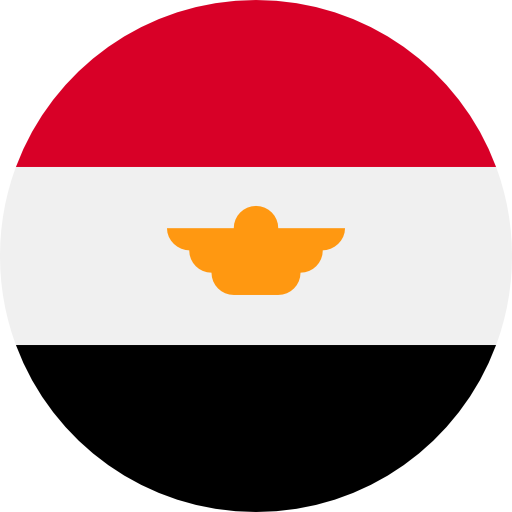VIRTUAL MUSEUM | TOMB-CHAPEL OF DJEHUTY
TOMB-CHAPEL OF DJEHUTY
Djehuty was «overseer of the treasury» and «overseer of the works» (of the craftsmen, especially metalworkers) under the reign of Queen Hatshepsut, around 1470 BC. He was also «overseer of Amun’s cattle». But above all, he considered himself a great scribe, and so he designed the decoration of his funerary monument to show his knowledge of ancient texts and his ability to adapt writing to the building. From the façade to his burial chamber the walls are entirely engraved with inscriptions.
MARKERS
1.- Biographical stela of Djehuty. It lists the monuments in which he was involved as «supervisor of the works» for Queen Hatshepsut, including the sacred boat of Amun and the pair of obelisks that the queen had erected in the temple of Karnak. The second part of the biography focuses on his role as ‘overseer of the treasury’, beginning with a mention of his role in the expedition to Punt (in the Horn of Africa), recording in writing everything that arrived in the capital in the eighth year of the joint reign of Hatshepsut and Thutmose III.
2.- Harpist scene. The representation of this banquet is the only one in which the owner is seated alone, waiting for the offerings and entertained by the music of a harpist and two women playing the sistrum and singing. Instead of depicting the guests next to the owner, a bench has been carved into the rock wall to occupy the lower part of the scene, so that the guests come to the monument in person and are physically seated next to the host.
3.- The tomb-chapel of Djehuty is one of the earliest tombs of ancient Thebes, which decorates the façade of the monument. Two large inscriptions flank the entrance and two statues of the owner, standing, one leg forward, welcome the visitor.
4.- Funerary shaft in which Djehuty’s parents were probably buried.
5.- Funerary shaft opened later, probably in the 25th Dynasty,
6.- Second biographical inscription of Djehuty.
7.- Banquet scene showing Djehuty accompanied by his parents, brothers and sisters. Djehuty did not marry, as no wife or child is represented in his tomb. Therefore, he is accompanied by his parents. The banquet is enlivened by a harpist who sings a hymn to the god Amun, creator of all things.
8.- Hunting and fishing in the marshes. The scene symbolically represents the imposition of order over chaos, man’s dominion over nature, his ability to obtain food. Many elements of the composition allude to fertility and regeneration.
9.- Journey to Abydos. Representation of the pilgrimage that Djehuty and his parents made, or wanted to have made, to Abydos, in Middle Egypt. Abydos was the main place of worship of the god Osiris, king of the dead and supreme judge in the final judgement that every individual had to pass in order to attain eternal life in the afterlife.
10.- Hunting in the desert. The representation of hunting in the desert symbolically represented the imposition of order over chaos.
11.- Opening of the mouth. Ritual through which the deceased recovered his vital functions, he could eat, speak, see, hear, walk, etc. It could be performed on the mummy or on a statue of the deceased.
MARKERS
1.- Family triad. Djehuty is accompanied by his parents, among other reasons because he did not marry and, therefore, had no wife or children. The mother’s hairstyle emulates that of the goddess Hathor and has classical reminiscences, from the XIIth Dynasty. Djehuty suffered «damnatio memoriae«, his name and face were systematically beaten and erased in order to eliminate his identity and, with it, his memory, which would deprive him of living beyond his physical death. His parents also suffered this aggression, especially his father. His mother’s name is respected on several occasions, which suggests that the «damnatio» may have been related to the father figure.
2.- Funerary shaft of Djehuty. It is more than eight metres deep. At the bottom of the shaft there is a large room, with a second shaft of three metres, which leads to the burial chamber.
3.- The scenes on the walls reproduce archaic rituals, documented in the XIIth Dynasty, almost five hundred years before Djehuty’s time. The list of offerings now preserved carved on the left wall of the room, was previously carved on the opposite wall. Its location was changed in order to place over the entrance of the funerary shaft the representation of animal and human sacrificial rituals.
TOMB-CHAPEL OF DJEHUTY
Tomb-chapel of Djehuty. Djehuty was «overseer of the treasury» and «overseer of the works» (of the craftsmen, especially metalworkers) under the reign of Queen Hatshepsut, around 1470 BC. He was also «overseer of Amun’s cattle». But above all, he considered himself a great scribe, and so he designed the decoration of his funerary monument to show his knowledge of ancient texts and his ability to adapt writing to the building. From the façade to his burial chamber the walls are entirely engraved with inscriptions.
MARKERS
1.- Biographical stela of Djehuty. It lists the monuments in which he was involved as «supervisor of the works» for Queen Hatshepsut, including the sacred boat of Amun and the pair of obelisks that the queen had erected in the temple of Karnak. The second part of the biography focuses on his role as ‘overseer of the treasury’, beginning with a mention of his role in the expedition to Punt (in the Horn of Africa), recording in writing everything that arrived in the capital in the eighth year of the joint reign of Hatshepsut and Thutmose III.
2.- Harpist scene. The representation of this banquet is the only one in which the owner is seated alone, waiting for the offerings and entertained by the music of a harpist and two women playing the sistrum and singing. Instead of depicting the guests next to the owner, a bench has been carved into the rock wall to occupy the lower part of the scene, so that the guests come to the monument in person and are physically seated next to the host.
3.- The tomb-chapel of Djehuty is one of the earliest tombs of ancient Thebes, which decorates the façade of the monument. Two large inscriptions flank the entrance and two statues of the owner, standing, one leg forward, welcome the visitor.
4.- Funerary shaft in which Djehuty’s parents were probably buried.
5.- Funerary shaft opened later, probably in the 25th Dynasty,
6.- Second biographical inscription of Djehuty.
7.- Banquet scene showing Djehuty accompanied by his parents, brothers and sisters. Djehuty did not marry, as no wife or child is represented in his tomb. Therefore, he is accompanied by his parents. The banquet is enlivened by a harpist who sings a hymn to the god Amun, creator of all things.
8.- Hunting and fishing in the marshes. The scene symbolically represents the imposition of order over chaos, man’s dominion over nature, his ability to obtain food. Many elements of the composition allude to fertility and regeneration.
9.- Journey to Abydos. Representation of the pilgrimage that Djehuty and his parents made, or wanted to have made, to Abydos, in Middle Egypt. Abydos was the main place of worship of the god Osiris, king of the dead and supreme judge in the final judgement that every individual had to pass in order to attain eternal life in the afterlife.
10.- Hunting in the desert. The representation of hunting in the desert symbolically represented the imposition of order over chaos.
11.- Opening of the mouth. Ritual through which the deceased recovered his vital functions, he could eat, speak, see, hear, walk, etc. It could be performed on the mummy or on a statue of the deceased.
MARKERS
1.- Family triad. Djehuty is accompanied by his parents, among other reasons because he did not marry and, therefore, had no wife or children. The mother’s hairstyle emulates that of the goddess Hathor and has classical reminiscences, from the XIIth Dynasty. Djehuty suffered «damnatio memoriae«, his name and face were systematically beaten and erased in order to eliminate his identity and, with it, his memory, which would deprive him of living beyond his physical death. His parents also suffered this aggression, especially his father. His mother’s name is respected on several occasions, which suggests that the «damnatio» may have been related to the father figure.
2.- Funerary shaft of Djehuty. It is more than eight metres deep. At the bottom of the shaft there is a large room, with a second shaft of three metres, which leads to the burial chamber.
3.- The scenes on the walls reproduce archaic rituals, documented in the XIIth Dynasty, almost five hundred years before Djehuty’s time. The list of offerings now preserved carved on the left wall of the room, was previously carved on the opposite wall. Its location was changed in order to place over the entrance of the funerary shaft the representation of animal and human sacrificial rituals.



